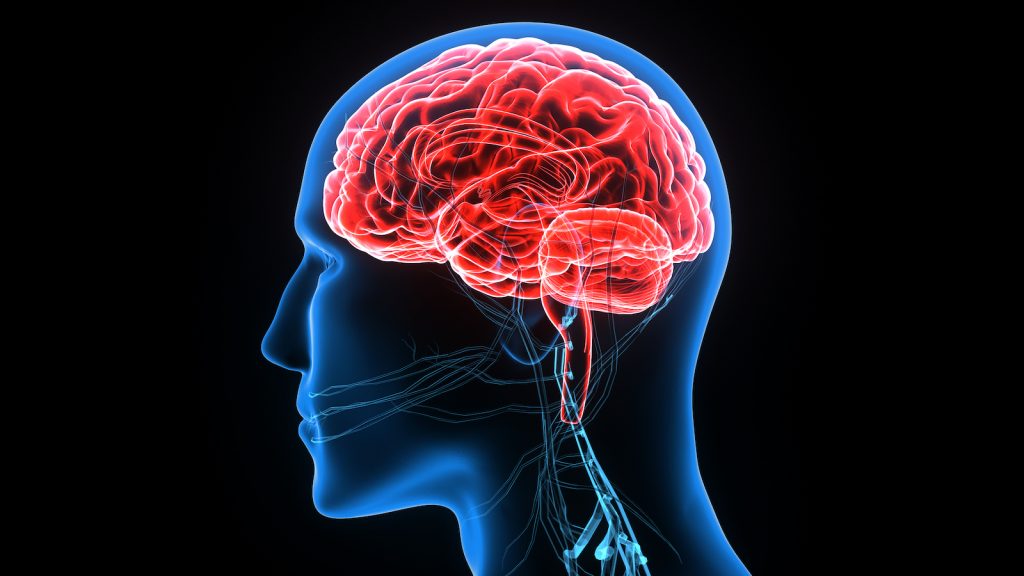
Deciphering the Need for Neurosurgical Interventions
Understanding when surgery is necessary for brain or spinal conditions is crucial for effective treatment and recovery. Neurological issues can be daunting, and the decision to proceed with surgery often involves considering multiple factors, including the severity of symptoms, potential risks, and expected outcomes. This article explores the circumstances under which surgical intervention becomes a necessity and what patients can expect from these procedures.
Assessing the Need for Neurosurgery
Neurosurgery is a field that requires precise judgment about when to intervene surgically. For many patients experiencing brain or spinal symptoms, the prospect of surgery can be intimidating. Consulting with a specialist, such as a Sydney neurosurgeon, can provide clarity. These experts are trained to evaluate whether conservative treatments like medication and physical therapy will suffice or if surgical intervention is the best course of action.
Common Brain Conditions Requiring Surgery
- Brain Tumours: Whether benign or malignant, tumours can cause significant symptoms by pressing on brain tissue or obstructing the flow of cerebrospinal fluid. Surgery aims to remove the tumour or reduce its size to alleviate symptoms and improve neurological function.
- Aneurysms: These are bulges in blood vessels in the brain that can burst, leading to life-threatening hemorrhages. Surgical intervention may involve clipping the aneurysm or filling it with coils to prevent rupture.
- Hydrocephalus: This condition involves an accumulation of fluid in the brain’s ventricles, increasing intracranial pressure. Surgery might include the insertion of a shunt to drain excess fluid.
- Traumatic Injuries: Surgery may be required to relieve pressure on the brain following trauma, remove blood clots, or repair skull fractures.
Spinal Conditions That May Need Surgery
- Herniated Discs: If a disc herniates severely enough to cause significant pain or nerve compression leading to weakness or numbness, surgery might be necessary to remove the herniated portion and relieve pressure on the spinal nerves.
- Spinal Stenosis: This condition involves the narrowing of the spinal canal, which can compress the spinal cord and nerves. Surgery is often performed to widen the spinal canal and alleviate symptoms.
- Vertebral Fractures: Surgical intervention can stabilize fractured vertebrae and relieve pressure on the spinal cord or nerves.
- Spinal Tumours: Depending on their location and effect on surrounding tissues, spinal tumours may require surgical removal to restore or preserve neurological function and structural stability.
Evaluating the Risks and Benefits of Neurosurgery
Understanding the Risks
Surgery on the brain or spinal cord carries inherent risks, such as infection, bleeding, and damage to neurological structures, potentially leading to new or worsened symptoms. However, advances in surgical techniques and technology have significantly reduced these risks.
Weighing the Benefits
The primary benefit of neurosurgical intervention is the potential for significant improvement in quality of life. For many conditions, surgery can provide relief from pain, restore function, and prevent further neurological deterioration. It is crucial to discuss the potential outcomes and improvements with your neurosurgean to set realistic expectations.
The Role of Technology in Modern Neurosurgery
Innovations Enhancing Surgical Safety and Efficacy
Modern neurosurgery has benefited immensely from technological advancements:
- Imaging Techniques: MRI and CT scans offer detailed images of brain and spinal structures, helping surgeons plan and execute procedures with higher precision.
- Minimally Invasive Techniques: Technologies such as endoscopy allow surgeons to perform procedures through small incisions, reducing recovery time and complications.
- Robotic Surgery: Offers enhanced precision in manipulating surgical instruments, particularly in complex or delicate procedures.
Post-Surgical Care and Recovery
Immediate Post-Operative Care
Post-surgical care is crucial for recovery. Patients are closely monitored for signs of complications, and pain management is a priority to keep them comfortable as they recover.
Rehabilitation
Many patients require physical therapy or rehabilitation to regain strength and functionality. The type and duration of rehabilitation depend on the specific procedure and patient condition.
Ongoing Support and Monitoring
Follow-up appointments are essential to monitor recovery progress, manage any long-term effects, and ensure that the surgical outcomes are stable. Regular check-ups also help address any new symptoms promptly.
Making Informed Decisions About Neurosurgery
Deciding whether to undergo brain or spinal surgery requires careful consideration of the potential risks and benefits. It is crucial to consult with experienced neurosurgeons who can provide detailed information tailored to your specific condition. By understanding when surgery is necessary and what the procedures entail, patients can make informed decisions about their health and achieve the best possible outcomes. In complex cases, where conservative treatments have failed, surgery may not only improve quality of life but also be life-saving.




